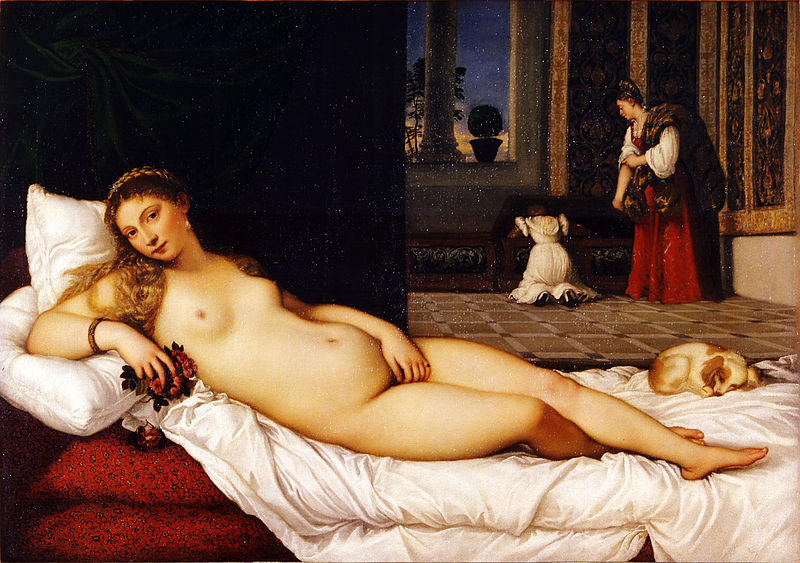Kenneth Clark’s conceptual distinction between the “naked” and the “nude” looks into the intricate interplay between the human body, art, and society’s perception of it. This distinction offers profound insights into how the presentation of the human form in art can fundamentally alter our understanding of it, transcending the mere physicality of the body to become a symbol of cultural and aesthetic significance.
The notion of the “naked” body, as articulated by Clark, brings to the forefront the vulnerability and exposure inherent in this representation. In this context, the body is stripped of any artistic or cultural adornments, presented in its raw, unadorned reality. Such a portrayal leaves the body open to voyeurism and objectification, often making both the subject and the viewer uncomfortable and exposed. It underscores the fragility and essential humanity of the individual, emphasising the inherent vulnerability that comes with our physical existence.

Conversely, the “nude” body, as described by Clark, is presented in a manner that transcends its raw physicality. It undergoes a transformation into an object of beauty and contemplation. This elevated representation is frequently found in art, where the human form is elevated through various artistic techniques such as idealisation, balance, and composition. When depicted as “nude,” the body becomes draped in the artistry of the creator, exuding a sense of confidence and prosperity. It assumes a role as a symbol of cultural, aesthetic, and even spiritual significance, embodying ideals and values that transcend the ordinary.

Between the realms of the “naked” and the “nude” lies art’s remarkable ability to amplify and revolutionise our perception of the human form. Artists employ these tools to move beyond mere material substance, investigating into deeper realms of meaning and emotion. The transformation of the body from vulnerability to allure, from exposure to artistic contemplation, exemplifies the creative potential inherent in art.

Moreover, this distinction underscores the profound influence of cultural context on our perceptions of the human body. Different cultures and historical periods have showcased the human form in various ways, reflecting a broad spectrum of values and beliefs. From sacred iconography to displays of strength and beauty, representations of the unclothed figure have varied significantly across cultures and epochs. The shifting depictions of the human body mirror changes in societal mores, taboos, and beliefs, illustrating how art can adapt to and shape evolving views on the body.

Ethically, these terms invite us to contemplate philosophical ideas concerning our engagement with and observation of the human form. By reflecting upon our reactions to visual representations of the human body, we gain valuable insight into how art molds and reshapes our perspectives. It prompts us to consider the ethical dimensions of voyeurism, objectification, and artistic interpretation.
Kenneth Clark’s classification serves as a powerful demonstration of art’s capacity to redefine our perspective on the human form. It showcases how art can elevate physicality from a state of vulnerability to one of allure, creating symbols of profound cultural importance and invigorating our thoughts on the essence of humanity itself. The “naked” and the “nude” represent not merely artistic classifications but profound reflections on the intricate relationship between art, the body, and the human experience.
https://www.abirpothi.com/good-art-bad-artist-is-it-even-possible-to-seperate-art-from-the-artist/

Iftikar Ahmed is a New Delhi-based art writer & researcher.





